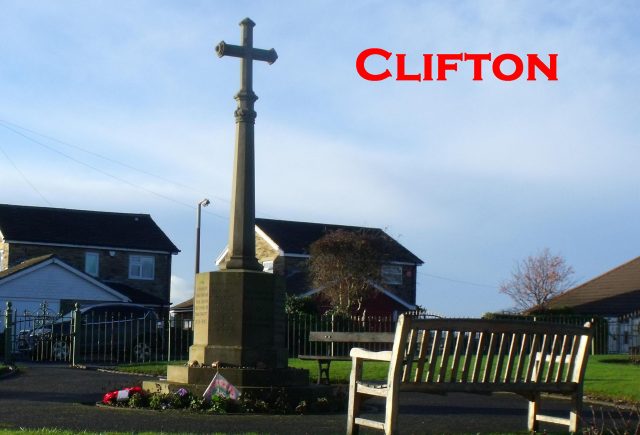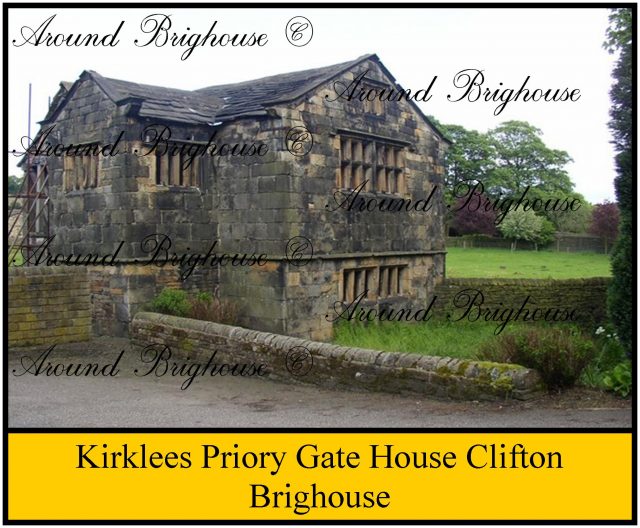Clifton & Thornhills







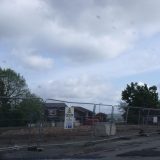

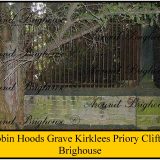
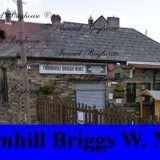


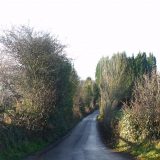
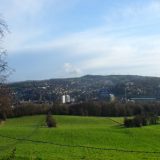

Previous
Next



















 can find many signs of its past, including early “crop rotation”, in an age when crop farming was on the rise small farms or crofts as they were known, mostly leased from the big estates, these small farms or just a small field in many cases, at times were mostly the rough or steep bits of land the big estates did not really want, so let them off to these small holders, farmers and crofters, the crofters with limited means and money had to make the most of this inhospitable land and often ploughed the land downwards in strips as they were often too steep for the horses to cultivate the land in any other direction, this was a very slow time consuming hard job, so after they had completed a small strip of land they would plant it with seed before moving in to the next strip.
can find many signs of its past, including early “crop rotation”, in an age when crop farming was on the rise small farms or crofts as they were known, mostly leased from the big estates, these small farms or just a small field in many cases, at times were mostly the rough or steep bits of land the big estates did not really want, so let them off to these small holders, farmers and crofters, the crofters with limited means and money had to make the most of this inhospitable land and often ploughed the land downwards in strips as they were often too steep for the horses to cultivate the land in any other direction, this was a very slow time consuming hard job, so after they had completed a small strip of land they would plant it with seed before moving in to the next strip.